Not feeling the love this Valentine's Day? That's okay. You're not alone.
February's frigid temperatures and scant sunshine have had a history of dampening spirits, requiring us to really dig deep if we want to stay motivated and connect to our loving intentions. Throw in the task of trying to figure out a special way to celebrate Valentine's Day and too often we are left with a pile of stress. It's a shame that a day focused on love can create such chaos. As you shop for a great gift, plan the perfect evening, or indulge in your favorite chocolates, consider these reflections...
Open your heart and your mind.
If your date doesn't go according to plan, just know that some of the greatest love connections blossom in the moment, spontaneous or random moments that would not be nearly as meaningful if they had been planned. Trade in your blueprint of the perfect evening for possibility. The possibility of what happens in between perfection and paranoia. You might be surprised, perhaps even relieved.
Love isn't in the air, unless we surround ourselves with it.
It's highly unlikely that we will suddenly feel a ton of love unless we choose to create love in our lives. We might have to be extra mindful or bundle up a little tighter to make those opportunities happen in the winter season, but ultimately, love requires our energy and attention. When we make conscious efforts to treat others in a loving way, we open our hearts to receiving love.
Celebrate efforts and love often.
If you ask people in happy relationships they will likely tell you that love does not just happen on one day of the year- it happens every day if we want it to last. Love requires us to be thoughtful, respectful and kind to our partners all the time as well as having patience and a sense of self-awareness, which cannot be cultivated overnight. Expressing gratitude for the time and energy we've invested into our relationships reminds us of what it truly means to love and embrace love.
Self love = the greatest gift of all.
Cupid may want everyone to feel the romance on February 14th, but if that's not where you're at, that's totally okay. Take this opportunity to treat yourself with extra love and do things that promote love in your life. Maybe it's a bubble bath or a sauna session, seeing a movie, rock climbing, or reading a good book and a homemade meal is just what you need.
However you decide to spend Valentine's Day, choose something that feels completely right to you. Treat yourself if you want, and relax if you don't. Everyday you have the chance to be your own valentine, so what will it include this year?



































